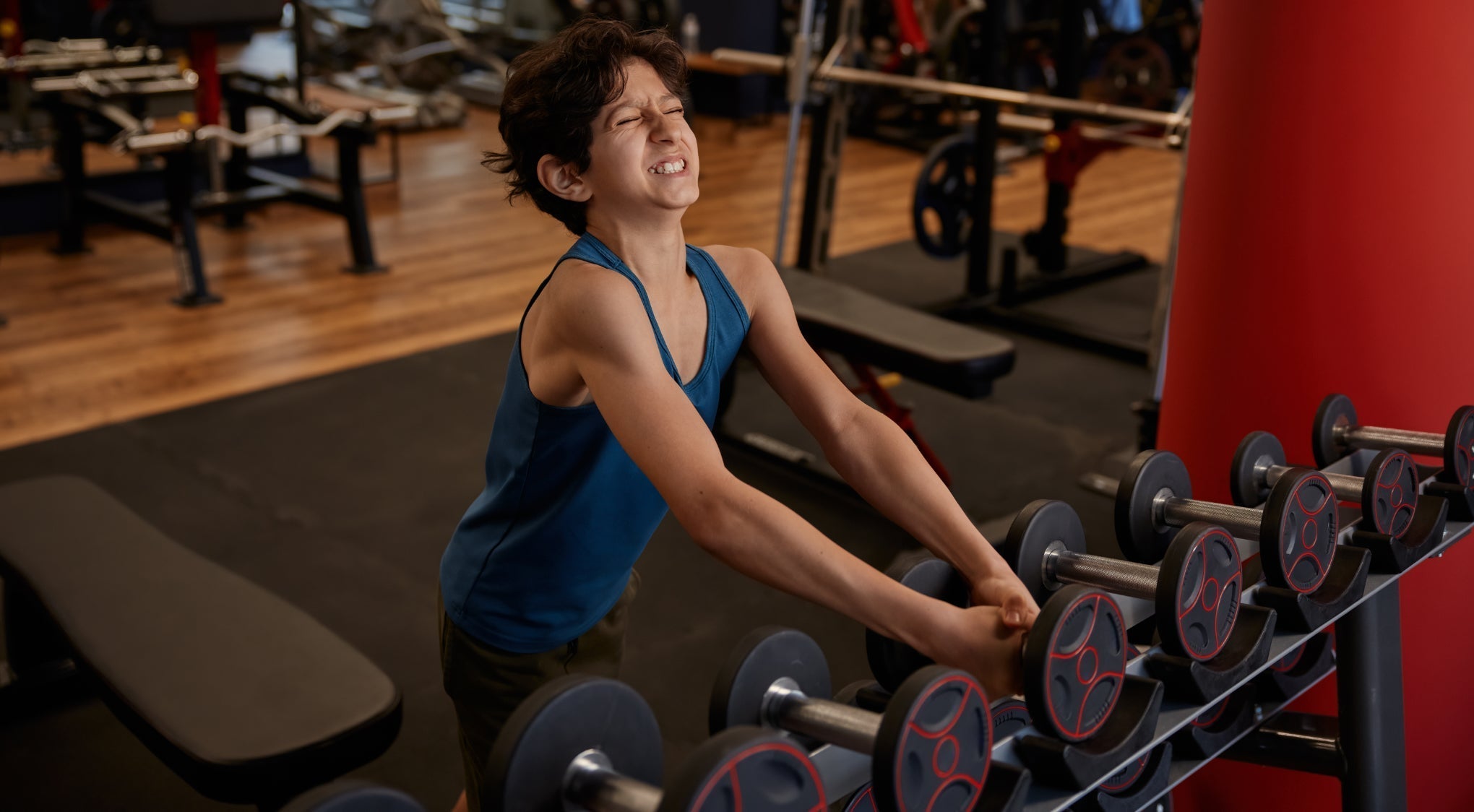
What Age Can Kids Start Lifting Weights?
For decades, the idea of children lifting weights was met with concern — fears of stunted growth, injuries, or harming developing joints. But modern research tells a very different story. When done correctly and under supervision, strength training can be incredibly beneficial for children, helping them build strength, confidence, and healthy movement habits for life.
So, what age can kids start lifting weights safely? The short answer: as early as 5–7 years old, provided the program is designed specifically for their age, maturity, and skill level.
Let’s break it down.
✅ Strength Training vs. Weightlifting: What’s the Difference?
Before diving into age recommendations, it’s important to distinguish between strength training and competitive weightlifting.
-
Strength training includes bodyweight movements, resistance bands, medicine balls, or child-appropriate weights to build muscular strength and coordination.
-
Weightlifting (Olympic-style) refers to the sport involving lifts like the snatch or clean and jerk.
Kids should absolutely not be performing heavy barbell lifts unsupervised. But they can and should be strength training with age-appropriate equipment, like our child-friendly Little Lifters sets, as part of an active lifestyle.
📚 What the Science Says
Multiple respected health organizations support strength training for kids:
🔬 American Academy of Pediatrics (AAP)
“Properly designed and supervised strength training programs have no apparent adverse effect on linear growth, growth plates, or the cardiovascular system.”
The AAP recommends strength training for children starting around 7–8 years old, as long as they are emotionally and physically ready to follow instructions.
💪 National Strength and Conditioning Association (NSCA)
The NSCA states that children as young as 5 or 6 can participate in strength training programs that focus on technique, form, and coordination — not heavy loads.
“Prepubescent youth can improve strength through resistance training due to neural adaptations, not muscle hypertrophy.”
Translation? Even though kids don’t typically gain big muscles before puberty, they do get stronger thanks to improvements in the brain-muscle connection.
👶 Developmental Readiness: It's About Maturity, Not Just Age
While age is a helpful guide, maturity matters more. A child may be physically ready but lack the attention span or discipline to follow directions safely.
Ask yourself:
-
Can they focus for 20–30 minutes?
-
Can they follow instructions consistently?
-
Do they understand that fitness can be fun — but also structured?
If the answer is yes, they’re likely ready to begin light, supervised resistance training.
🧸 What Does Strength Training Look Like for Kids Aged 5–10?
For younger children, strength training should be playful, engaging, and centered around movement skills, not sets and reps. Think of it as “active play with a purpose.”
✅ Great options include:
-
Bodyweight exercises (push-ups, squats, crawling, bear walks)
-
Resistance bands
-
Child-safe dumbbells or kettlebells
-
Games that involve lifting, pulling, and climbing
-
Light medicine balls or sandbags
At Little Lifters, our equipment is specifically designed for small hands and safe loads, allowing children to explore strength safely and confidently.
🛡️ Is It Safe for Kids to Lift Weights?
Yes — if done correctly. Injury rates in youth strength training are very low, especially compared to sports like football or gymnastics.
In fact, a 2020 review in Pediatrics found that:
-
Most injuries in youth training occur from poor supervision or inappropriate equipment
-
When properly coached, resistance training reduces injury risk in sport
Just like brushing teeth or learning to ride a bike, lifting safely is about teaching proper habits early.
🌱 Benefits of Strength Training for Children
Beyond strength, the benefits are wide-reaching:
🧠 Cognitive & Emotional:
-
Boosts confidence and self-esteem
-
Improves focus and behavior
-
Promotes discipline and routine
💪 Physical:
-
Increases muscular endurance and coordination
-
Enhances bone density during key growth years
-
Reduces risk of sports injuries
📈 Long-Term Health:
-
Encourages lifelong fitness habits
-
Supports healthy body composition
-
May reduce risk of chronic diseases later in life
🚫 Myths About Kids and Weights
Let’s bust some long-standing myths:
❌ “Lifting weights will stunt their growth.”
✅ No evidence supports this. Proper training does not affect height or growth plates.
❌ “Kids aren’t strong enough to train.”
✅ Kids may not have adult-level muscle, but they can still get stronger through neuromuscular adaptations.
❌ “They should only play, not train.”
✅ Strength training can be playful and is just another form of active movement when done right.
📝 Tips for Parents Getting Started
If your child is ready to explore strength training, here’s how to start:
-
Keep it Fun: Use games, circuits, and challenges to make movement exciting.
-
Focus on Form: Teach basic movement patterns like squatting, hinging, and pushing.
-
Use Age-Appropriate Equipment: Avoid heavy metal weights — use tools designed for children, like Little Lifters sets.
-
Supervise Everything: Children should always be monitored while training.
-
Progress Slowly: Increase resistance only once form is perfect and confidence is high.
-
Praise Effort, Not Just Outcome: Encourage trying, not just “lifting more.”
🏁 Final Thoughts: So, What’s the Right Age?
There’s no single “right age” to start strength training — but generally speaking:
-
Ages 5–7: Can begin learning movement skills and basic strength games
-
Ages 7–10: Can progress to structured, supervised training with child-safe weights
-
Ages 10+: Can begin more formal programs with increasing intensity
The most important thing is creating a safe, supportive, and fun environment — which is exactly what we aim for with every product at Little Lifters.
Strength training isn’t just for adults anymore. When introduced properly, it’s a powerful tool to help kids move better, feel stronger, and build lifelong confidence.







